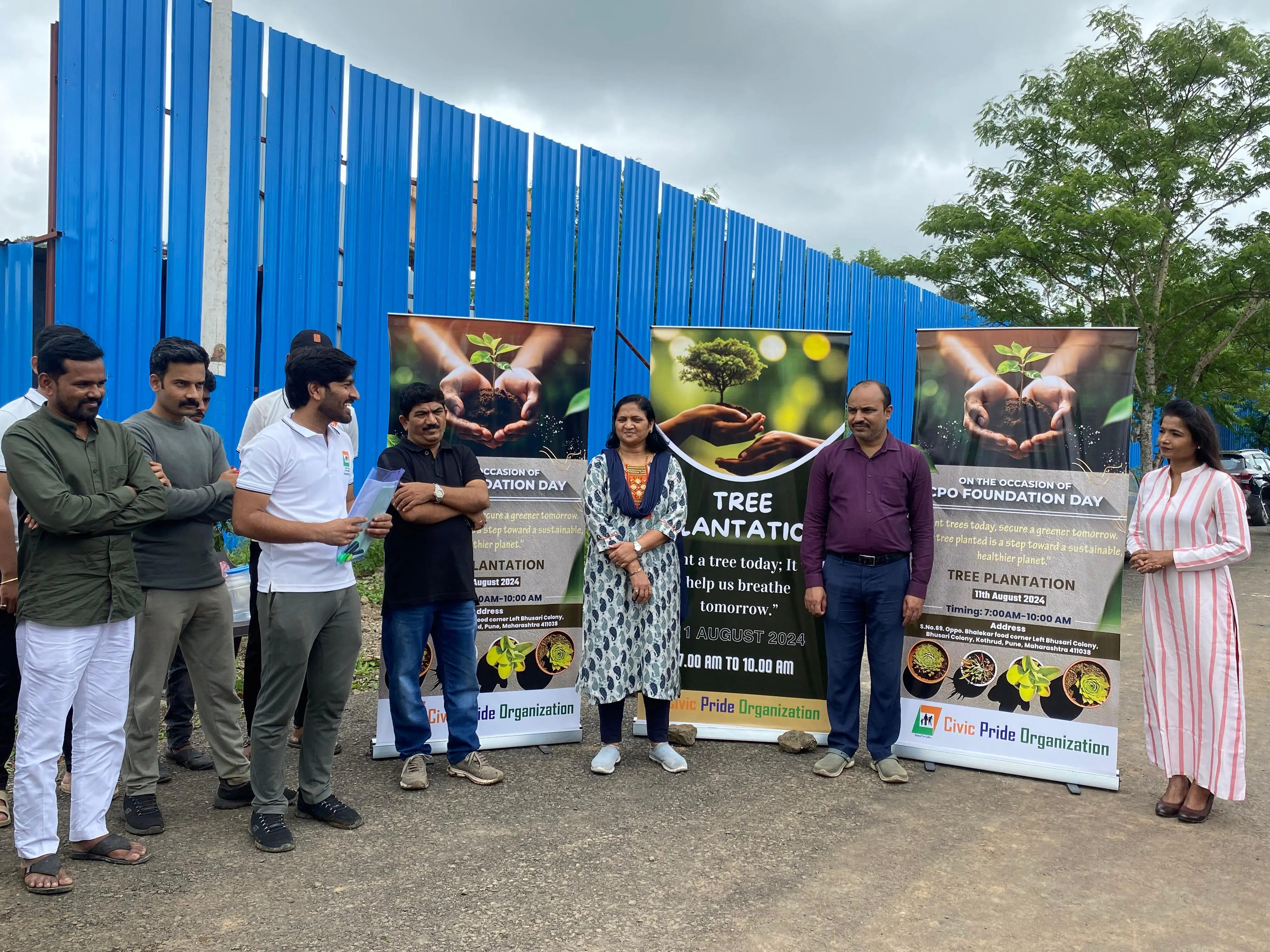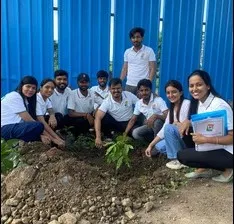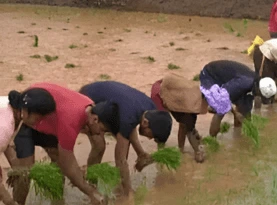
Agricultural & Environment
Agriculture & Environment are linked, as farming practices can both benefit and harm the natural world. Sustainable agriculture aims to balance the need for food production with environmental preservation, ensuring that farming methods do not degrade the land, water, or biodiversity. It emphasizes the use of techniques that reduce the negative environmental impact while maintaining or enhancing productivity. This includes practices such as crop rotation, organic farming, reduced use of chemical fertilizers and pesticides and the adoption of precision farming technologies. One of the key challenges in agriculture today is soil degradation. Intensive farming practices, such as monocropping and excessive use of chemical fertilizers, have led to the depletion of soil nutrients and reduced soil health. Sustainable agricultural practices, such as composting, using cover crops and reduced tillage, help restore soil health and maintain its fertility. Healthy soil is critical for food production, water retention and carbon sequestration, making it a vital component in the fight against climate change. Water management is another crucial aspect of the relationship between agriculture and the environment. Agriculture is one of the largest consumers of freshwater, and inefficient irrigation systems can lead to water waste and depletion of water resources. Practices like drip irrigation, rainwater harvesting and better water management strategies can help conserve water while ensuring adequate supply for crops. Sustainable water use not only benefits agriculture but also helps maintain ecosystems that depend on water resources. Biodiversity is also affected by agricultural practices. Large-scale industrial farming often leads to habitat destruction, which threatens wildlife and reduces biodiversity. Sustainable farming methods, such as agroforestry and maintaining natural habitats around farmland, can help protect biodiversity. By preserving wildlife corridors and reducing chemical use, agriculture can contribute to the conservation of ecosystems and species.







